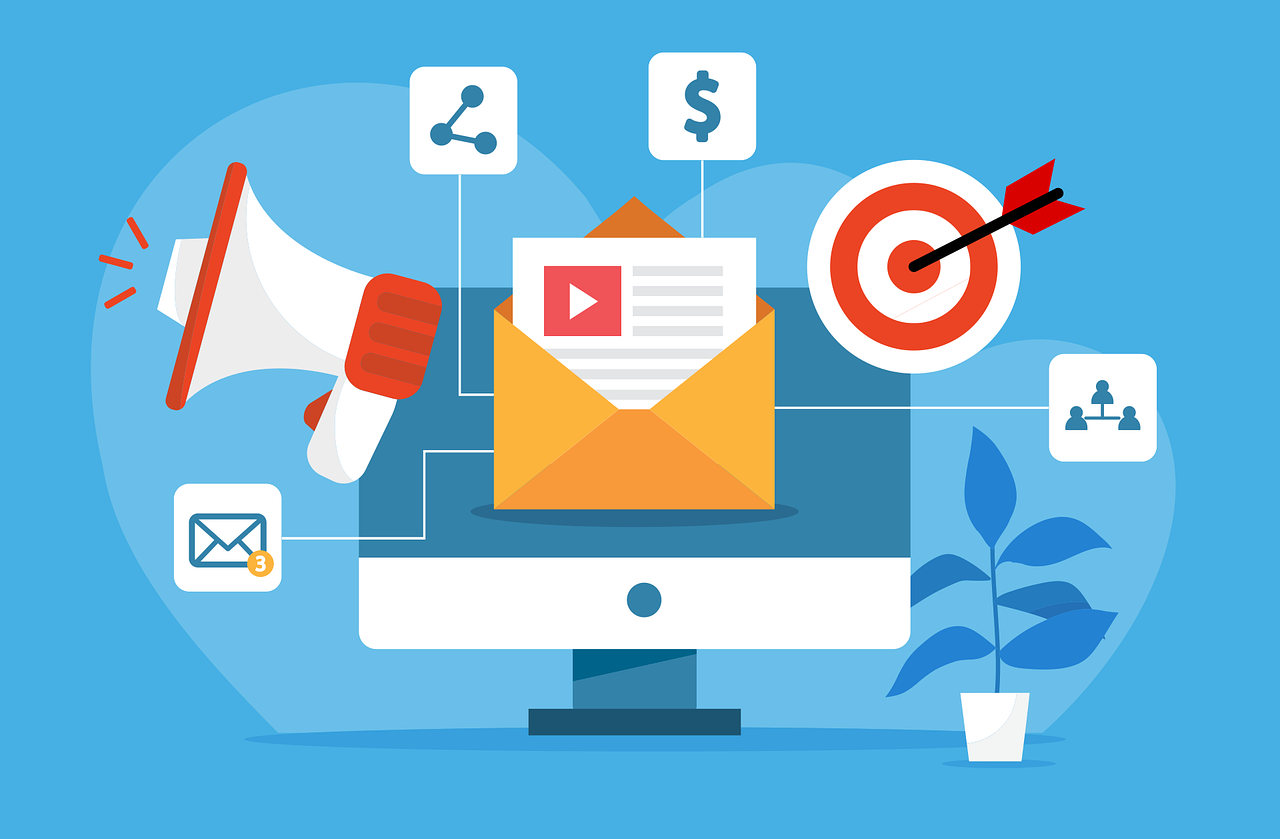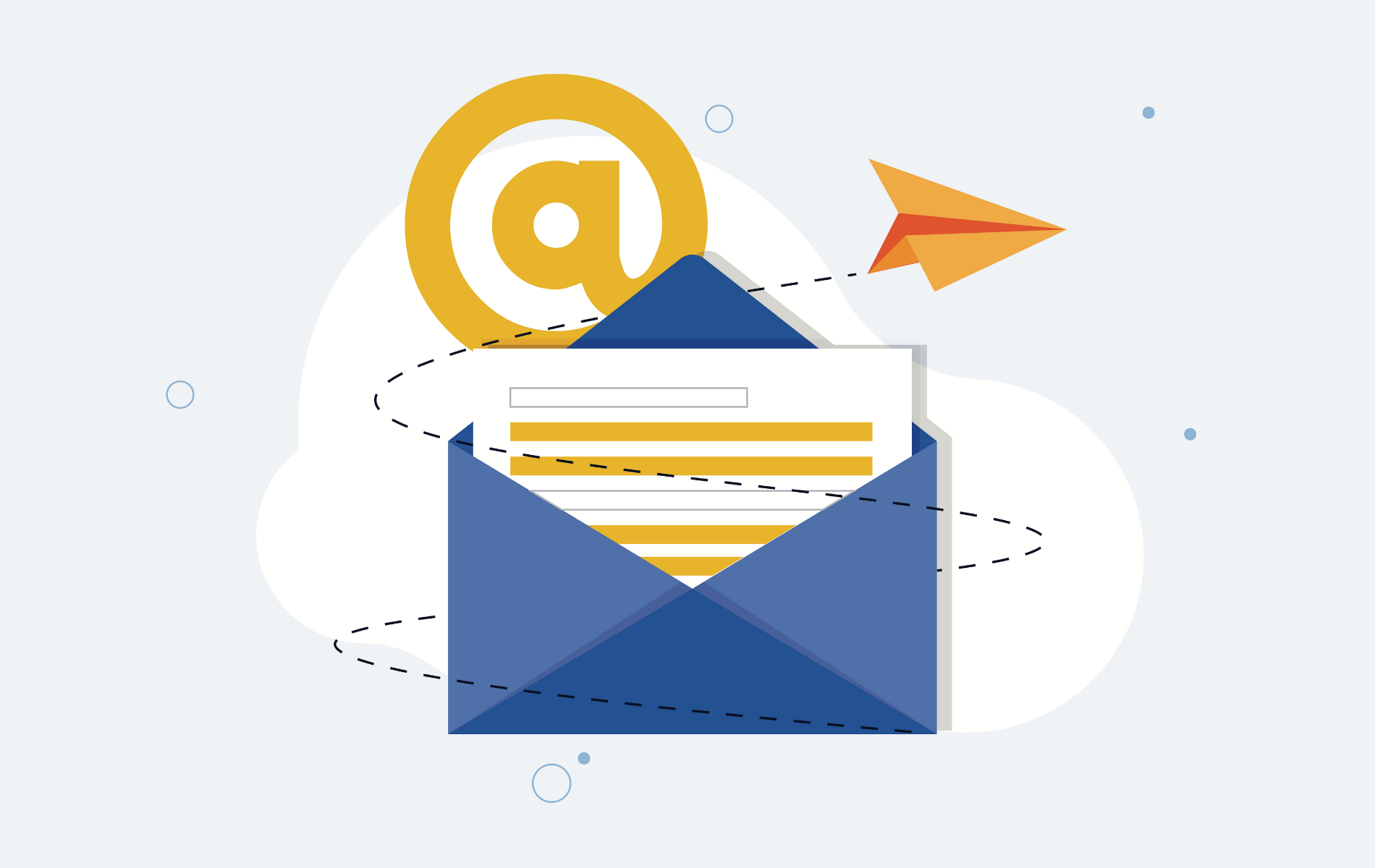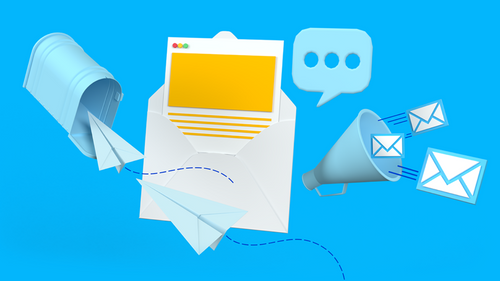Email bounce management is a critical aspect of maintaining a healthy and effective email marketing strategy. Understanding the various types of email bounce and their implications is essential for optimizing your email deliverability and ensuring that your messages reach the intended recipients. In this article, we'll explore the different types of email bounce, provide insights into their causes, and offer strategies for mitigating their impact.
Why Email Bounce Management Matters

Email bounces occur when your message fails to reach the recipient's inbox. Managing email bounces is crucial for several reasons:
- Email Deliverability: Bounce management is directly linked to your email deliverability rates. By effectively managing bounces, you can maintain a positive sender reputation and improve the chances of your future emails reaching the inbox instead of being flagged as spam.
- Data Quality: Bounces can indicate issues with the accuracy of your contact data. Regularly monitoring and analyzing bounce data allows you to identify and rectify incorrect or outdated email addresses, ensuring a clean and up-to-date subscriber list.
- Campaign Performance: High bounce rates negatively impact your campaign performance. By minimizing bounces, you increase the chances of your emails being delivered, read, and acted upon by your target audience, leading to higher engagement and conversion rates.
- Sender Reputation: ISPs and email service providers closely monitor bounce rates as a measure of sender reputation. A high bounce rate can flag you as a potential spammer, leading to email deliverability issues and damage to your sender reputation.
The Difference Between Hard Bounces and Soft Bounces

When it comes to email bounces, it's important to differentiate between hard bounces and soft bounces. Understanding the distinctions between these two types is crucial for effective bounce management:
Hard Bounces
A hard bounce occurs when an email fails to reach the recipient due to a permanent or unrecoverable reason. Common causes of hard bounces include:
- Invalid or Non-existent Email Address: This happens when the recipient's email address contains a typo, is no longer in use, or has been deactivated.
- Domain Does Not Exist: A hard bounce can occur if the recipient's email domain doesn't exist or is not valid.
- Blocked by the Recipient's Server: Some email servers may block incoming messages from specific senders or domains, resulting in a hard bounce.
It's important to note that hard bounces indicate permanent issues and should be immediately removed from your mailing list to maintain list hygiene and prevent further deliverability issues.
Soft Bounces
A soft bounce occurs when an email fails to reach the recipient temporarily. While soft bounces are generally recoverable, they still require attention and monitoring. Common causes of soft bounces include:
- Recipient's Mailbox is Full: If the recipient's mailbox is at its storage limit, incoming emails may bounce back temporarily.
- Temporary Server Issues: Soft bounces can occur when the recipient's email server experiences temporary issues, such as being down or undergoing maintenance.
- Message Size Limit Exceeded: Some email servers enforce size limits for incoming messages. If your email exceeds this limit, it may result in a soft bounce.
- Content Filtering: Certain email servers or spam filters may reject emails based on specific content or attachments, causing a soft bounce.
Unlike hard bounces, soft bounces indicate temporary issues. However, if soft bounces persist over multiple attempts, it's important to investigate and take corrective measures to avoid potential hard bounces.
Strategies for Managing Email Bounces
Effective email bounce management requires a proactive approach. Here are some strategies to help you manage email bounces and improve your email deliverability:
1. Regular List Hygiene:
Maintain a clean and updated email list by regularly validating and verifying email addresses. Remove hard bounces immediately, and consider implementing double opt-in processes to ensure the accuracy of subscriber information.
2. Monitor Bounce Rates:
Keep a close eye on your bounce rates and analyze bounce data to identify patterns and trends. This analysis can help identify issues with specific domains, ISPs, or segments of your mailing list, allowing you to take targeted actions to resolve them.
3. Use a Reputable Email Service Provider (ESP):
Choose an ESP that has strong bounce management capabilities and adheres to best practices. A reliable ESP will help minimize deliverability issues and provide tools and resources to manage and mitigate bounces effectively.
4. Implement Feedback Loops:
Feedback loops allow you to receive notifications from ISPs when recipients mark your emails as spam. By promptly processing these notifications and taking action, such as removing the recipients from your mailing list, you can reduce bounce rates and maintain a positive sender reputation.
5. Optimize Content and Formatting:
Avoid spam trigger words, excessive use of capitalization or symbols, and poor formatting that may trigger spam filters. Optimize your email content and design to increase deliverability and reduce the chances of your emails bouncing.

Frequently Asked Questions (FAQs)
Here are answers to some commonly asked questions about email bounces:
1. How can I distinguish between hard bounces and soft bounces in email marketing platforms?
Email marketing platforms typically provide bounce reports that categorize bounces as hard or soft. Hard bounces are typically labeled as permanent bounces, while soft bounces are identified as temporary bounces. Consult your email marketing platform's documentation or support resources for specific instructions on interpreting bounce reports.
2. How can I prevent bounces from occurring in the first place?
To prevent bounces, focus on maintaining a clean and updated email list, using double opt-in processes, and regularly validating and verifying email addresses. Follow email best practices, such as avoiding purchased lists and implementing proper segmentation, to ensure that your messages are targeted and relevant to your recipients.
3. Are there any bounce rate benchmarks I should aim for?
Bounce rate benchmarks can vary depending on industry, target audience, and email content. However, as a general guideline, a bounce rate below 2% is considered acceptable. Monitor your bounce rates over time and strive to keep them as low as possible.
4. What actions should I take when I encounter hard bounces?
When you encounter hard bounces, immediately remove the affected email addresses from your mailing list. Continuing to send emails to hard bounces can harm your sender reputation and deliverability. Consider implementing bounce handling processes to automatically remove hard bounces from your list.
5. How can I re-engage with recipients who have experienced soft bounces?
If you notice consistent soft bounces from specific recipients, reach out to them via alternate channels, such as phone or direct messaging, to update their email addresses or confirm their interest in receiving your emails. Offer options for them to re-subscribe or update their contact information to ensure future deliverability.
By understanding the different types of email bounce and implementing effective bounce management strategies, you can optimize your email deliverability, maintain a clean subscriber list, and maximize the impact of your email marketing campaigns. Prioritize bounce management as an integral part of your email marketing strategy and ensure that your messages consistently reach your audience's inbox.



